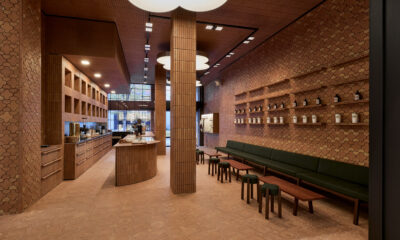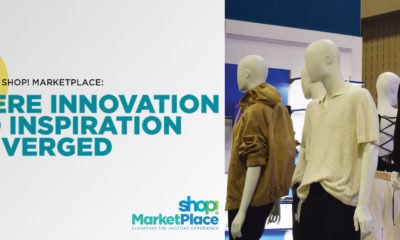In your book “Peak,” you discuss how you applied Abraham Maslow’s Hierarchy of Needs to reinvent your boutique hotel company, Joie de Vivre Hospitality, during the recent downturn. What got you on the path to Maslow?
Ten years ago, my company faced very long odds. Joie de Vivre operated more hotels in Northern California than any other company, but the dot-com bust led to the Bay Area having the biggest percentage revenue drop in the history of American hotels since World War II. All of our hotels were in this devastated region. I ended up in the self-help section of the bookstore looking for a business book that would help me navigate this difficult time. That’s where I reacquainted myself with Maslow’s Hierarchy of Needs, and started to imagine how we could create a self-actualized company that focuses on the higher needs of our employees, customers and investors.
How did translating these ideas improve your business?
The most neglected fact in business is that we’re all human, and Maslow’s pyramid is like an operating manual for working with other humans. Utilizing this iconic theory of human motivation helped us move beyond the survival level as a company to a thriving level, such that we tripled in size during this very difficult time.
At the core of this thinking is creating a system to address people’s higher needs. How does that relate to what you’ll be discussing at IRDC?
Retail is all about human needs: How do we connect with humans in a new way that moves beyond just being a commodity? This fundamental theory of psychology is very relevant to how people spend their money. Most importantly, if you can create a self-actualized customer, you have a loyal friend for life and you have to spend less on marketing.
In your book, you talk about several retailers, including Apple, Harley-Davidson, Whole Foods and Starbucks, that have learned how to deliver on this goal. For those still learning, what’s the first step in identifying your customers’ unrecognized needs?
The basic idea can be summed up in a quote from Henry Ford: “If I’d asked my customers what they wanted, they would have said a faster horse.” Addressing customers’ unrecognized needs means that you understand what they’re looking for even before they imagine it themselves.
How do you know you’ve succeeded?
You know a company has delivered when customers tattoo the logo of the company on their body (Harley-Davidson) or brag about the products the company puts out (Apple). A self-actualized customer is buying more than the product – they’re buying a sense of identity.
You were 26 years old when you created your first hotel. What lesson did you learn from that first project that you still carry with you today?
Start cheap, small and local. It means your mistakes will be noticeable and fixable.
Advertisement
Conley’s top five places to find joy in San Francisco:
1. The Filbert Steps on the east side of Telegraph Hill. Romantic, historic, and where I spent the first six years living in the city.
2. Samovar Tea Lounge above Yerba Buena Gardens. Exotic, urbane, central, soulful.
3. Glide Memorial Church for Sunday 9 or 11 a.m. celebrations. The ultimate living postcard of San Francisco with a heck of a gospel choir.
4. Crissy Field with the Golden Gate Bridge and bay as a backdrop. This is a great place for a long stroll or run on a sunny day.
5. The Ferry Building on Saturday mornings with the Farmer’s Market. This is town hall, but every day this food emporium is worth a visit.

 Headlines1 week ago
Headlines1 week ago
 John Ryan2 weeks ago
John Ryan2 weeks ago
 Headlines7 days ago
Headlines7 days ago
 Headlines2 weeks ago
Headlines2 weeks ago
 Headlines1 week ago
Headlines1 week ago
 Retail Buzz3 days ago
Retail Buzz3 days ago
 Headlines1 week ago
Headlines1 week ago
 Headlines1 week ago
Headlines1 week ago















